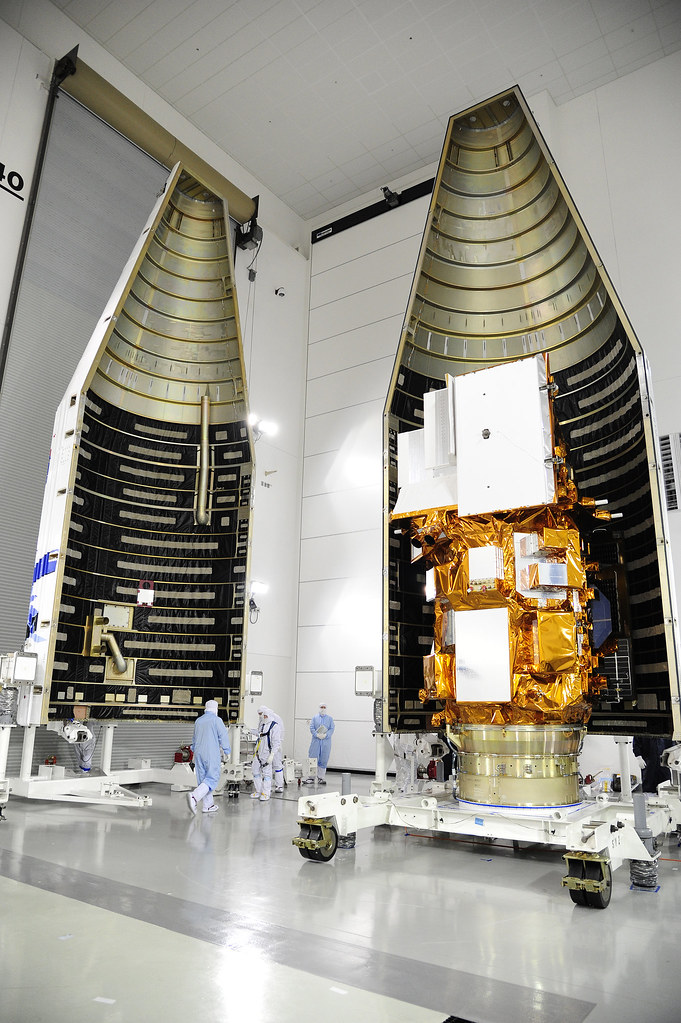Context:
The National Aerospace Laboratories (NAL) (Bengaluru) has recently completed the first test of a solar-powered ‘High-Altitude Pseudo Satellite’, a new-age unmanned aerial vehicle (UAV).
About High-Altitude Pseudo Satellite (HAPS):
- High-altitude Pseudo Satellites (HAPS) are unmanned air vehicles that can hold a fixed position.
- It can fly at an altitude of 18-20 km from the ground- almost double the heights attained by commercial airplanes.
- It can generate solar power, so it can remain in the air for months and even give the advantage of a satellite.
Need of HAPS:
The development of high-endurance, high-altitude flying instruments arose from the desire to have continuous surveillance of border areas to detect changes or movements, particularly in the wake of the Doklam standoff in 2017.
Benefit over battery-powered UAVs and satellites: Battery-powered UAVs can remain in the air for a limited period and can scan relatively smaller areas.
- Satellites placed in low-earth orbits and meant to observe the Earth usually move in their orbits and are not watching constantly.
Potential Benefits of HAPS:
Search and rescue missions: It travels closer to the earth than a satellite but can loiter (wait) more readily in a local area than other aircraft. This means that they are excellent tools for observation, including search and rescue missions.
Disaster relief: These vehicles can offer live situation reports and even replace failed communication networks, making them ideal for disaster relief.
- These vehicles offer potential advantages as they can provide services with minimal ground network infrastructure, which is ideal when a disaster is unfolding or expected to occur.
Environmental monitoring: Continuous, real-time monitoring of environmental areas is critical to protect against natural and human threats.
- These vehicles can fill in the gaps for environmental monitoring with a continuous flow of data with low latency. They can cover a vast area, scanning, detecting, and tracking concerns.
Agriculture: These vehicles work much like drones for agriculture, allowing monitoring and management. They again offer real-time information with reliable imagery and low latency, ensuring crops are as productive as possible.
Maritime monitoring: These vehicles are vital for surveillance, including maritime monitoring. They can be used for pollution monitoring, vessel detection, and search and rescue missions.
Military intelligence: These vehicles can do much for the military beyond search and rescue and maritime monitoring applications. They can collect a lot of data, which along with their wide range and high altitude, can allow for military surveillance and reconnaissance.
India and HAPS:
- HAPS is a still-developing technology, and the successful test flight puts India among a very small group of countries currently experimenting with this technology.
- A Bengaluru-based New Space Research and Technologies, a deep-tech start-up, flew a similar solar-powered UAV, having developed the technology through the Innovation of Defence Excellence initiative of the Defence Ministry.
Some countries that are involved in developing HAPS:
- NASA has been using solar-powered engines for its Pathfinder series of aircraft.
- China, South Korea, and the UK are some of the other countries where this development is taking place. Some private companies are also developing HAPS, even in India.

